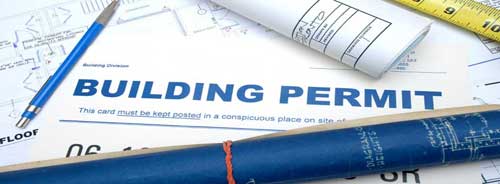There is a forest of paper behind every new home built in Australia. Fortunately for the home buyer, most of it is hidden. You will soon learn the Mimosa Homes difference that puts you in control.
Building Regulations and Planning Policy
The flurry of permits and certifications that go along with a new build is the result of a number of regulations, including local planning policies and the Building Code of Australia, or National Construction Code, as they’re now calling it. The building code sets out minimum standards for construction materials, fire resistance and health and safety matters. There are periodic amendments and updates to the code, which is managed by the Australia Building Codes Board, made up of representatives from all levels of government. The building code is national, but it’s enforced by local government.
The first level of approval for a new home is obtaining a planning permit. This may even happen before the design drawings for the house are complete; it is a permit allowing use of land for residential housing, and takes into account site issues that involve municipal planning. The planning permit shouldn’t be confused with a building permit, which comes later.

Building Permit
The Building Surveyor
The process of getting the house built starts with the appointment of a licensed building certifier, also referred to as a building surveyor. This is the person who prepares the paperwork for approval and signs off on the various inspections that need to be done between pouring the foundation and receiving the occupancy permit. Building surveyors are licensed professionals and are employed by the local authority; it’s their job to keep builders and designers in line.
We will give the surveyor the proper paperwork, which includes house plans and plumbing diagrams. There are a number of fees included in the building permit process, including a building levy, training levy and workplace safety fee. Once the surveyor is satisfied that everything is in order, they will provide us with a commencement notice so work can begin.
Construction Inspections
The first inspection by the building surveyor is done after the foundation is poured. The surveyor inspects the work for compliance with the building code, then signs off, allowing us to proceed to the next phase of construction.
The surveyor visits again at the end of the framing stage, when we’ve completed the structure of the house. These inspections are not for quality of work; they are for compliance to the building regulations. For example, the inspector may determine:
- whether the building is structurally sound
- if the occupants will be able to leave the building by an alternative exit in case of fire
- whether or not the construction materials are certified for use in Australia
The final visit from the surveyor happens upon completion of the house. The surveyor will submit a certificate of completion to the local government and then issue a certificate of occupancy, provided all the electrical and plumbing work has been completed.
It’s a very involved process, and the key is the building surveyor. Most of their work will be invisible to you, the homeowner, and all the different levels of inspection and verification between the home builder and the building surveyor are important in ensuring that your home meets all the regulations put in place for your protection and for protecting the environment.

